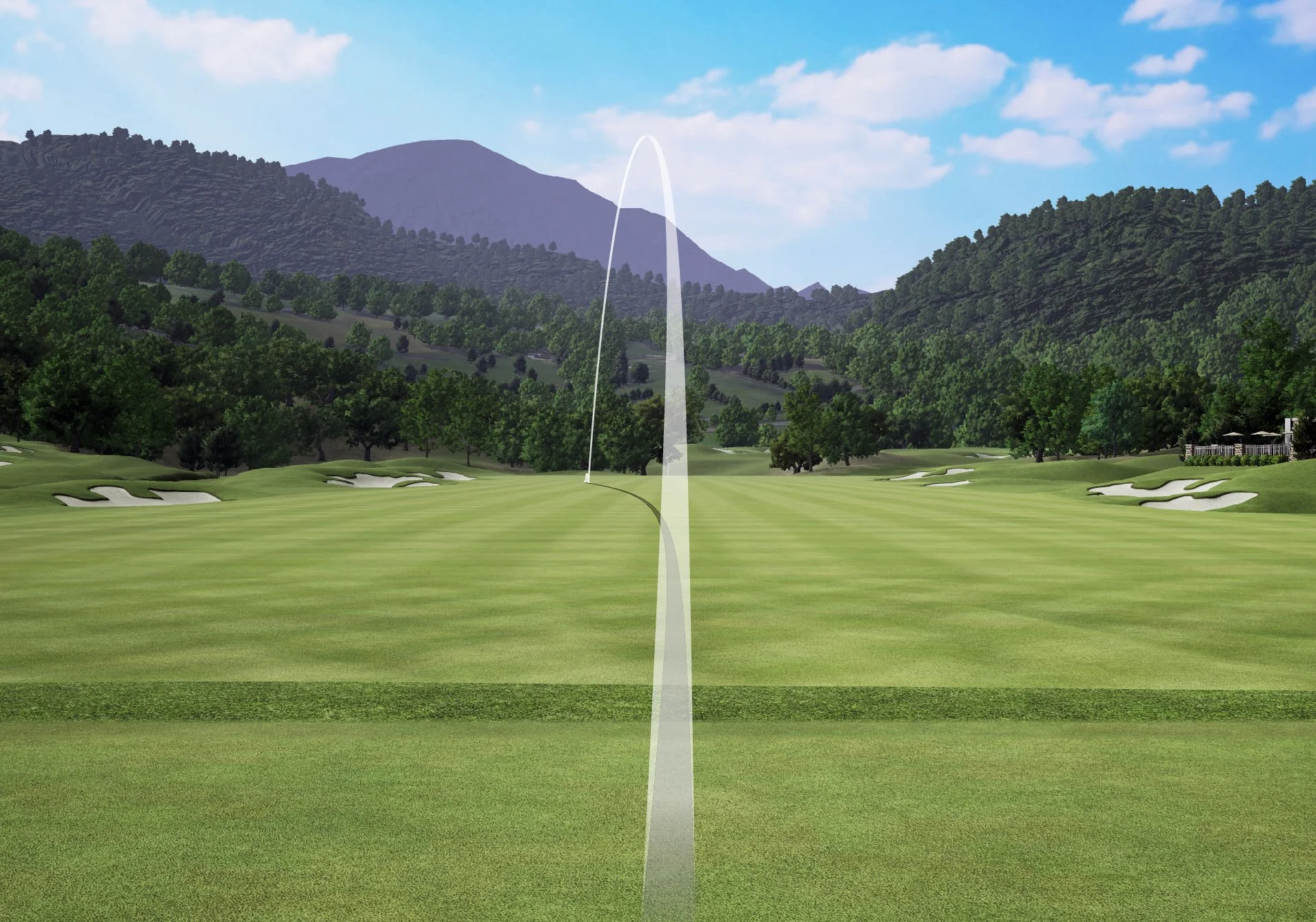It's a sexy shot. The way the ball hits the green, takes two hops, then spins back as though it is hooked up to a remote control device the player has.
Luke Donald at the weekend for example. A tough pitch shot on the 54th hole on Saturday evening, not much green to work with, downhill when it hits the green, what does he do? Pitches just on the green, 2 hops, almost stops with the amount of spin and trickles into the hole. Textbook! https://www.youtube.com/watch?v=rFzUE2Y5SR0
Its elusive to a number of golfers, but fear not, I am here to help you in the right direction to controlling your wedges and looking great in front of your friends.
First of all, we need to define backspin. Every shot we hit has backspin. Even with a driver. It's one of the reasons the ball gets airborne. There are different rates of backspin per club, with a full wedge shot generally generating more spin than any other club.
I hear a lot of people say when they see their ball hitting the ground and then watch it trundle on another 50 yards that its top spin. It's not at all, its purely the balls momentum when it hits the ground depending on ground conditions. There is only top spin when you top the ball!
Lets take wedges for example in this scenario. That 25 yard pitch to a tight flag position. There's a crowd around the green waiting for your match. You need to get up and down to win but you also want to impress the crowd with the spin control you have.
So how do you do it?
Here's my checklist of points you need to create that ultra sexy shot:
- Fresh grooves on your clubs. No point if the grooves on your clubs have worn flat because it wont create as much.........
- Friction. One of the most important factors. Friction is created by having fullamount of ball on club, meaning that if anything gets in the way of it like moisture or grass, spin decreases due to less friction.
- Contact. To create most spin, the ball must be struck out of the centre of the club.
- Correct angle of approach. You don't want to hit too much down on the ball, but you definitely don't want to hit up on the ball. Let the bounce of the club do its work through the turf.
- Launch angle. Optimally, for a pitch shot, you need to launch the ball at around 30 degrees. Too much and the ball simply pops up in the air, too little and the ball shoots through with little spin as though you've thinned it.
Now you know what to do, here's a checklist of what NOT to do to create spin:
- Take a huge divot. Not one of the requisites for generating spin contrary to popular belief. Check out this video of Justin Rose, hardly any divot, maximum spin and control: https://www.youtube.com/watch?v=pnv6edof-h4
- Scoop the ball up in the air. Let the loft and bounce of the club do the work.
- Hit way down on the ball. The opposite of a scoop also doesn't work. More chance of hitting a ton of earth rather than generate spin.
If you still really struggle to get spin after this, don't worry about it. Play to your strengths. If your playing partners get more spin than you, land it shorter then them and let your natural shot take over.
If you desperately want spin? Practice it!
























